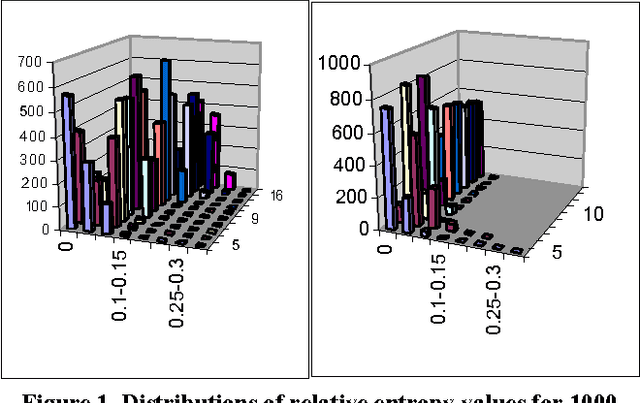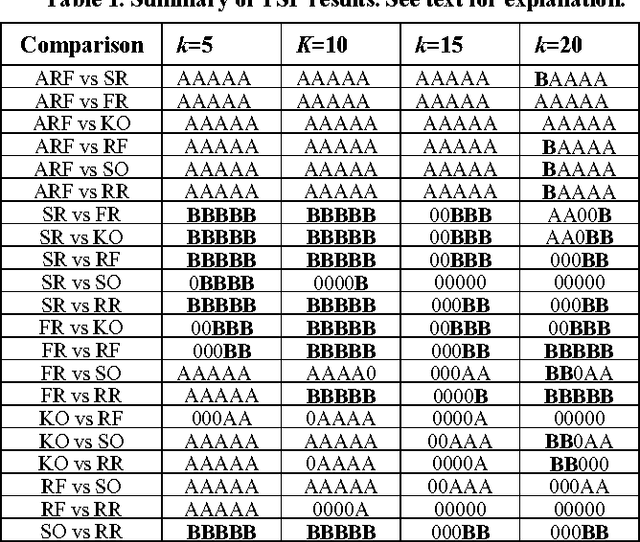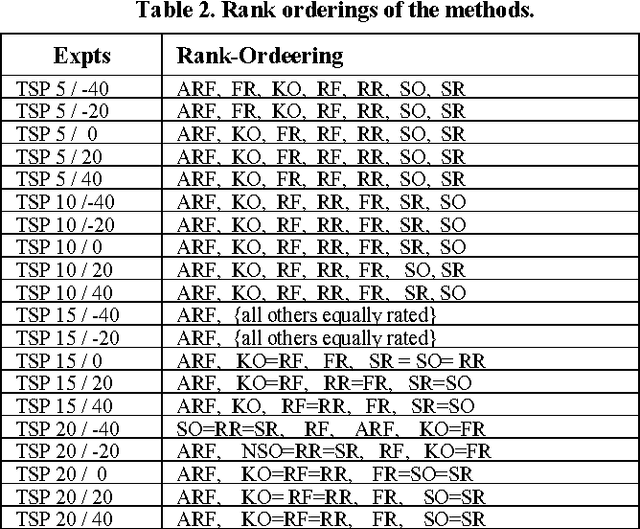David Corne
Infeasibility and structural bias in Differential Evolution
Jan 18, 2019



Abstract:This paper thoroughly investigates a range of popular DE configurations to identify components responsible for the emergence of structural bias - recently identified tendency of the algorithm to prefer some regions of the search space for reasons directly unrelated to the objective function values. Such tendency was already studied in GA and PSO where a connection was established between the strength of structural bias and population sizes and potential weaknesses of these algorithms was highlighted. For DE, this study goes further and extends the range of aspects that can contribute to presence of structural bias by including algorithmic component which is usually overlooked - constraint handling technique. A wide range of DE configurations were subjected to the protocol for testing for bias. Results suggest that triggering mechanism for the bias in DE differs to the one previously found for GA and PSO - no clear dependency on population size exists. Setting of DE parameters is based on a separate study which on its own leads to interesting directions of new research. Overall, DE turned out to be robust against structural bias - only DE/current-to-best/1/bin is clearly biased but this effect is mitigated by the use of penalty constraint handling technique.
Techniques for Highly Multiobjective Optimisation: Some Nondominated Points are Better than Others
Aug 20, 2009


Abstract:The research area of evolutionary multiobjective optimization (EMO) is reaching better understandings of the properties and capabilities of EMO algorithms, and accumulating much evidence of their worth in practical scenarios. An urgent emerging issue is that the favoured EMO algorithms scale poorly when problems have many (e.g. five or more) objectives. One of the chief reasons for this is believed to be that, in many-objective EMO search, populations are likely to be largely composed of nondominated solutions. In turn, this means that the commonly-used algorithms cannot distinguish between these for selective purposes. However, there are methods that can be used validly to rank points in a nondominated set, and may therefore usefully underpin selection in EMO search. Here we discuss and compare several such methods. Our main finding is that simple variants of the often-overlooked Average Ranking strategy usually outperform other methods tested, covering problems with 5-20 objectives and differing amounts of inter-objective correlation.
* 8 pages, 2 tables
 Add to Chrome
Add to Chrome Add to Firefox
Add to Firefox Add to Edge
Add to Edge